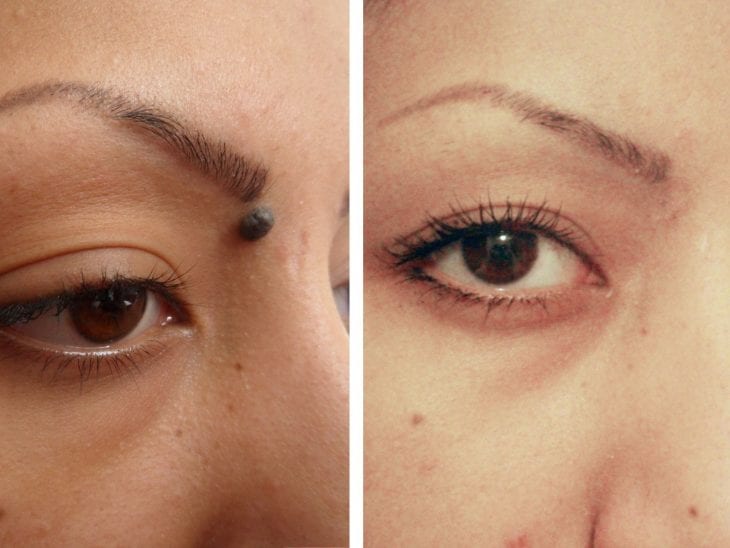Whether you’re choosing to remove a mole for health or cosmetic reasons, there are a few mole removal options for you to choose from.
Not every type of mole can be removed using the same technique though, which is why it’s important to consult with a cosmetic mole removal specialist who can advise you accordingly.
Contents
5 Mole Removal Options to Consider
1. Scalpel Excision
Scalpel excision can be performed in a clinic office and is ideal for moles that have a deep base. Before the mole is removed, the area will be numbed, after which a scalpel will be used to extract it. It will also be sent to a lab for analysis to ensure it isn’t harmful. If the mole was relatively large, stitches may be required.

Img source: aboutallergy.net
2. Shaving
If the mole is raised, your cosmetic mole removal specialist may decide that only the protruding area needs to be removed and biopsied, which is when the shaving technique will be used. The mole will once again be cleaned and number before a scalpel is used to shave it. Stitches aren’t generally required when this method is used. The base will only need to be removed if it is deemed cancerous.
3. Cauterization
This method is very similar to shaving except your doctor will cauterize the mole instead of using a scalpel to shave it. Once the skin has been cleaned and numbed, a burning tool will be used to get rid of the blemish. Since the burned skin will heal on its own, stitches will not be required. However, you may be left with a mark that’s slightly lighter than the rest of your skin.

Img source: ebay.com
4. Laser Excision
Laser excision is a popular mole removal option because it leaves the least scarring. Laser excision provides the same results as the scalpel excision method, except a laser is used to remove the mole instead of a scalpel. Along with reducing the risk of scarring, laser excision also decreases the chances of infection. It is recommended that you have the mole tested before it is removed using laser excision because the laser removes the color from the cells, making it impossible to detect any changes. You will not require any stitches after a laser excision procedure.
5. Home Removal
While home removal can be effective, it’s not recommended, particularly because the mole can’t be analyzed and tested by a medical professional. Most at-home mole removal kits require you to scrap the blemish with a pumice stone before applying an acidic cream that will cause the mole to scab and fall off. Not only is this method much slower but it’s incredibly painful too and increases your risk for scarring. Before you consider mole removal, rather speak to a doctor who can at least tell you whether it’s worth having the mole biopsied before you try and remove it at home. If the mole is on your face, home removal kits are definitely not recommended – you should always see a specialist in the case of face moles.
